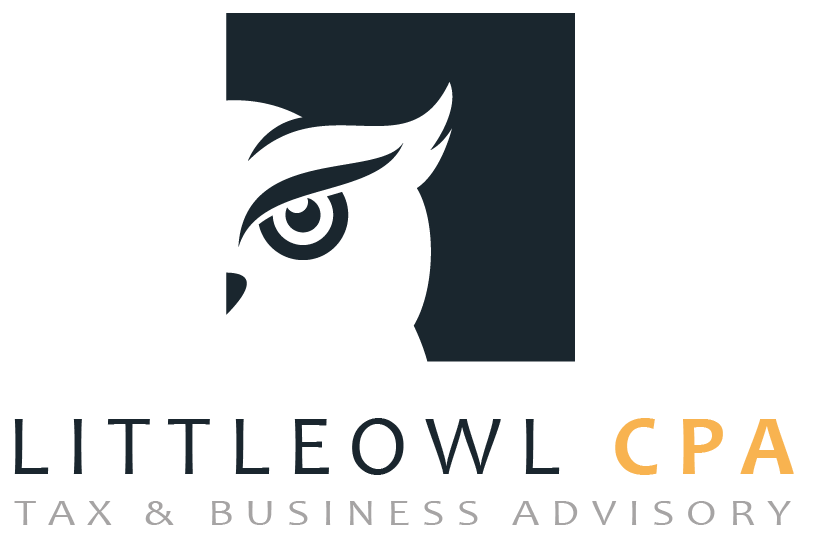For individuals with disabilities, achieving financial independence is a significant goal that can enhance their quality of life and provide them with greater control over their future. ABLE accounts, also known as Achieving a Better Life Experience accounts, offer a powerful tool to promote financial independence and assist individuals with disabilities in saving for their unique needs. In this tax guide, we will explore the benefits, eligibility requirements, contribution limits, and strategies for utilizing ABLE accounts to enhance financial well-being.
What are ABLE Accounts?
ABLE accounts are tax-advantaged savings accounts designed specifically for individuals with disabilities. These accounts were introduced as part of the Achieving a Better Life Experience Act of 2014, which aimed to help individuals with disabilities and their families save for disability-related expenses without jeopardizing eligibility for government benefits.
Benefits of ABLE Accounts
- Tax Advantages: Contributions to ABLE accounts grow tax-free, and withdrawals are tax-free when used for qualified disability-related expenses. This provides a significant tax advantage over traditional savings accounts.
- Preserving Government Benefits: ABLE accounts allow individuals with disabilities to save for their needs without affecting eligibility for means-tested government benefits such as Supplemental Security Income (SSI) and Medicaid. The first $100,000 in an ABLE account is not counted towards the SSI resource limit.
- Flexibility and Control: ABLE account owners have control over how the funds are used, giving them the flexibility to address various disability-related expenses such as education, housing, transportation, assistive technology, healthcare, and more.
- Contributions from Others: Family members, friends, and even the account beneficiary themselves can contribute to an ABLE account, making it a collaborative and community-driven savings tool.
Eligibility and Contribution Limits
To be eligible for an ABLE account, an individual must have a disability that occurred before the age of 26. The disability can be physical, intellectual, developmental, or a combination thereof, and must result in marked and severe functional limitations.
The annual contribution limit for ABLE accounts is set by each state and is subject to the annual gift tax exclusion amount, which is $17,000 as of 2023. Additionally, individuals with earned income may be eligible to contribute an additional amount equal to their federal poverty level amount, up to $13,590 for 2023. It’s important to note that if the ABLE account beneficiary is employed and does not participate in an employer-sponsored retirement plan, they may be able to contribute even more.
Maximizing the Potential of ABLE Accounts
Here are a few strategies to help individuals maximize the potential of their ABLE accounts:
- Plan for Future Expenses: Assess current and future disability-related expenses to determine an appropriate savings and investment strategy. Consider factors such as education, housing modifications, transportation needs, and healthcare costs.
- Explore Qualified Disability Expenses: Familiarize yourself with the types of expenses that qualify for ABLE account withdrawals. This can include education, housing, transportation, healthcare, assistive technology, personal support services, and other disability-related expenses.
- Contribute Regularly: Set up automatic contributions to your ABLE account to establish a consistent savings habit. Regular contributions, even in small amounts, can help the account grow over time and provide a financial cushion for future needs.
- Investment Management: Work with an investment advisor to review your investment options to maximize the long-term benefits.
ABLE accounts are a game-changer for individuals with disabilities, providing them with a platform to achieve financial independence and save for their unique needs. By taking advantage of the tax advantages, flexibility, and coordination with government benefits, ABLE accounts empower individuals to take control of their financial future. Whether it’s saving for education, housing, healthcare, or other disability-related expenses, ABLE accounts offer a valuable tool for promoting financial well-being and enhancing the overall quality of life for individuals with disabilities.
If you have questions about how this topic will impact you, Team LittleOwl CPA is here to help. Schedule a discovery call today!

About Tabitha Regan
Tabitha Regan is the Founder and CEO of LittleOwl CPA. She is a Certified Public Accountant, Certified Financial Planner™ and Personal Financial Specialist. In her 16+ year career span, she has developed an expertise in the specific needs of small businesses and busy professionals with accounting, tax and advisory services.


